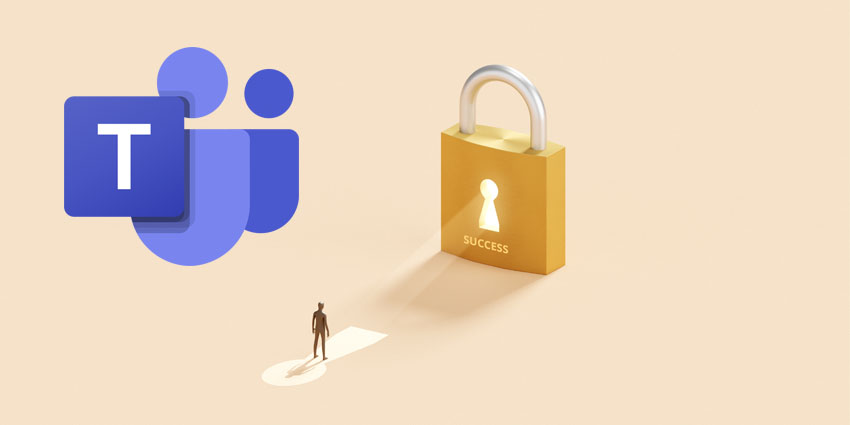Unified Communications (UC) is crucial to modern business, particularly in a post-pandemic working environment where remote or hybrid work is the norm and seamless collaboration is required. UC enables teams to collaborate and stay connected, whether they are working in the office or at home.
UC also improves outcomes for customers, who benefit from omnichannel support, real-time responses, self-service and asynchronous communication. Alongside improvements in employee and customer experience, also comes cost-efficiency, increased productivity, scalability and flexibility in a secure environment.
There is clearly scope for UC to deliver continued enhancements in modern businesses as the technology and work environments evolve. In this article we discuss predicting possible advances for the future of UC with Conversant Technology CEO, Patrick Copping.
- Integrated Collaboration Tools
Modern UC platforms are evolving to offer more integrated and seamless communication experiences. These tools are developing unified interfaces that consolidate various communication channels into a single platform. The integration of chat, video, voice, and file-sharing capabilities within a single interface streamlines workflows and enhances collaboration.
Copping highlights:
“Unified platforms are the future of work collaboration. By integrating all communication channels, businesses not only streamline workflows but also foster a more collaborative and efficient working environment.”
- AI
AI is set to be transformative across all industries – and UC is no exception. It will enhance the capabilities of communication tools and enable new levels of automation and intelligence. Automation delivers self-service options that quickly deal with straightforward customer queries, freeing human agents from repetitive, mundane tasks and leaving them to tackle complex, nuanced cases in the contact center.
According to Copping, “AI is revolutionizing the way we communicate by automating repetitive tasks and allowing human agents to focus on more complex, value-driven interactions. This shift is crucial for improving both employee and customer experiences.”
- Predictive Analytics
AI will improve decision making by delivering data-driven insights from communication data and use predictive analytics to forecast trends such as peak times for customer enquiries – enabling businesses to plan resources more effectively.
Copping notes, “Predictive analytics provides businesses with a competitive edge by allowing them to anticipate customer needs and optimise resource allocation. This level of foresight is becoming indispensable in today’s fast-paced market.”
- Natural Language Processing (NLP)
NLP powers and improves customer interactions in the contact center. NLP-powered chatbots are enhancing self-service options, with better understanding of what customers are searching for. This also reduces the workload and stress of human agents and reduces call times for customers.
This automation brings always-on, round-the-clock support without the need for human agents. NLP is also delivering improvements in sentiment analysis, so self-service can gauge customers’ feelings more accurately and help to route their calls more appropriately. NLP can discern whether a customer may need technical support, billing information or product details, for example.
After a call, NLP can automatically generate call summaries – plus real time translation if needed – again alleviating the burden on human agents to deal with time-consuming, mundane tasks.
Copping states, “NLP is not just about understanding language; it’s about enhancing communication efficiency and customer satisfaction by providing more accurate, responsive, and personalized support.”
- Cloud-based Solutions
The contact center ecosystem continues to shift from on-premises to the cloud. However, some industries cannot operate on the cloud and these restrictions vary by country – commonly including areas where data security is paramount, including financial services and healthcare. Where it can be employed, the cloud brings scalability, cost-efficiency and remote accessibility.
As Patrick Copping points out:
“The shift to cloud-based solutions is inevitable for many businesses, providing unmatched scalability and flexibility. However, navigating the regulatory landscape is key to ensuring secure and compliant cloud operations.”
- 5G and Enhanced Connectivity:
Wider use of 5G technology is bringing benefits to UC, including faster data transfer speeds and improved connectivity for remote and mobile workforces. This will increase connectivity and speed, delivering enhanced video and audio quality.
5G also delivers support for advanced collaboration tools with AR and VR integration, as well as real-time data sharing. 5G’s more widespread coverage gives employees reliable connectivity anywhere – enabling them to work remotely if their company allows and join from a range of devices.
5G is also supporting the rollout of connected devices by enabling the IoT with UC platforms. Smart office features like cameras, sensors, and digital whiteboards can be integrated into UC systems to enhance meetings and collaboration.
While exciting developments are occurring, with great power comes great responsibility. These evolutions bring challenges, including:
- Data privacy, compliance and security – UC is handling ever more sensitive data and needs to ensure privacy and compliance for customers, companies and employees. Regulators expect total compliance, and regulations vary between countries and industries. Businesses must navigate compliance requirements with evolving UC technologies. As Patrick asserts, “Ensuring data privacy, security, and regulatory compliance must be at the forefront of any UC strategy.”
- Interoperability – With the new hybrid, flexible working style, platforms must also work across a range of devices – both business and employee owned – to ensure seamless interoperability. They must also work across voice, chat and social messaging – and keep up with new social platforms and their fast-changing capabilities.
Partnering with a provider that is embracing these technological developments and keeping up with their challenges is essential. Companies like Conversant deliver Microsoft Teams connectivity to enhance your digital communications.
Find out more at Conversant Technology.







